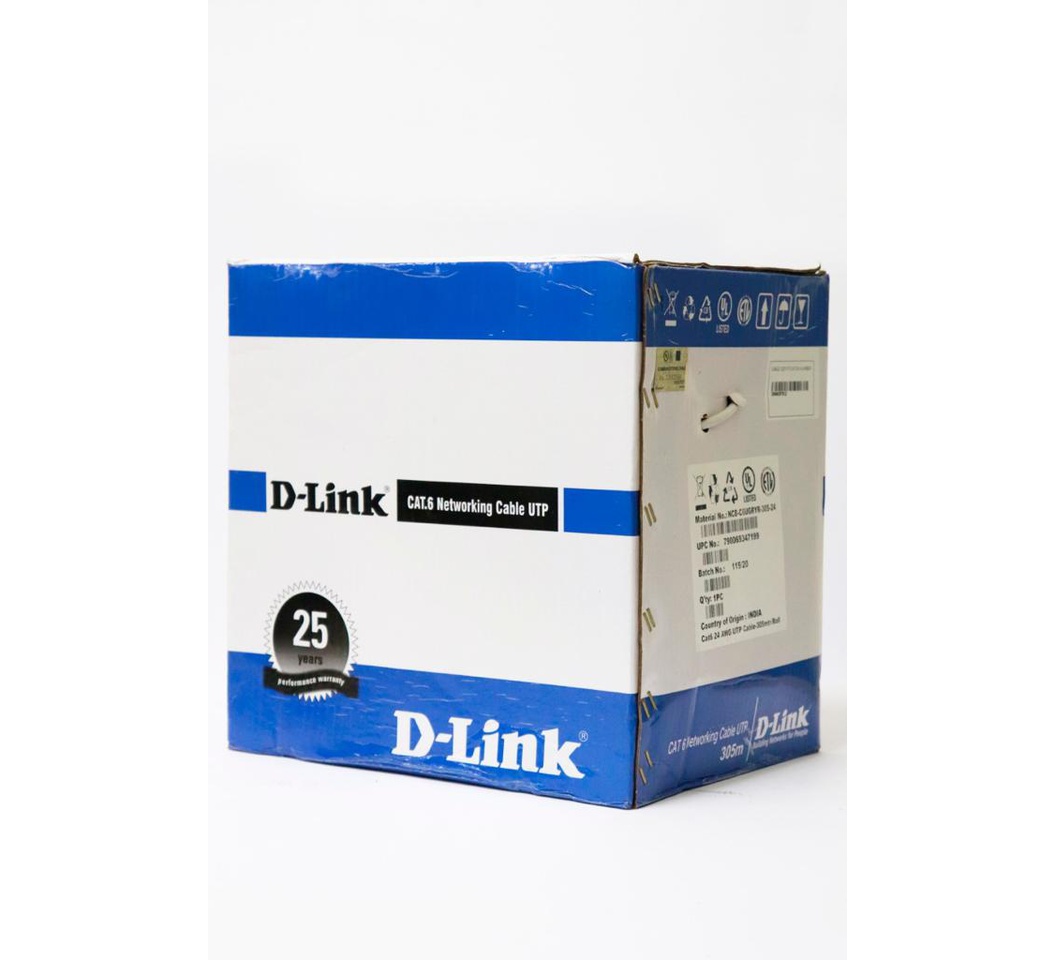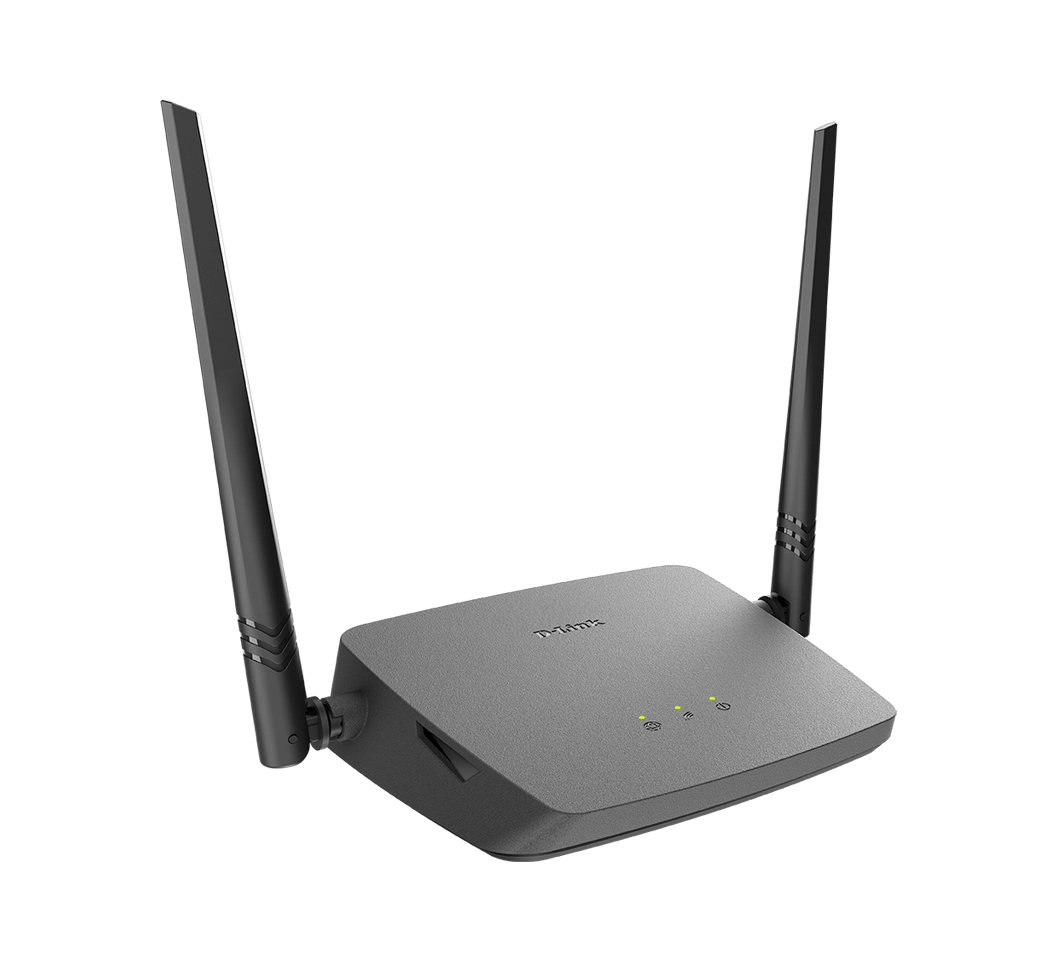Description
The Cat6 UTP Patch Cord 1M Grey is a high-performance Ethernet cable designed for fast and stable data transmission in both home and office networks. Built to meet Category 6 (Cat6) standards, this patch cord supports data transfer speeds of up to 1 Gbps and bandwidths up to 250 MHz, ensuring seamless connectivity for all your network devices.
Constructed with high-quality copper conductors and precision-engineered connectors, the Cat6 UTP Patch Cord delivers superior signal integrity and minimizes crosstalk, latency, and interference. It’s the ideal solution for connecting computers, routers, switches, servers, and patch panels, providing consistent performance in both structured cabling and everyday setups.
The UTP (Unshielded Twisted Pair) design enhances flexibility and reduces electromagnetic interference (EMI), making it perfect for short-distance indoor connections. The durable PVC jacket adds protection against wear and tear, while the RJ45 connectors ensure a secure and reliable connection every time.
This 1-meter patch cord is the perfect length for desktop setups, server racks, or any short-distance networking needs, keeping cable clutter to a minimum while maintaining high-speed connectivity. Available in an attractive grey color, it blends neatly into office or data center environments.
Key Features:
-
Supports speeds up to 1 Gbps and 250 MHz bandwidth
-
100% copper conductors for superior signal performance
-
UTP design for flexibility and reduced interference
-
Durable PVC jacket for long-lasting use
-
RJ45 connectors for plug-and-play installation
-
Ideal for routers, switches, and computers
-
Length: 1 Meter | Color: Grey
Whether you’re upgrading your office network or setting up a home connection, the Cat6 UTP Patch Cord 1M Grey provides the speed, quality, and reliability you can depend on.
✅ Image Alt Text Suggestions:
-
Cat6 UTP Patch Cord 1M Grey
-
1 Meter Cat6 Ethernet Cable Grey
-
Cat6 RJ45 Patch Cord for Networking
✅ Interlinking Ideas:
-
Link to Cat6 UTP Patch Cord 2M
-
Link to Cat6 Outdoor Cables
-
Link to Network Switches
-
Link to RJ45 Connectors






Reviews
There are no reviews yet.